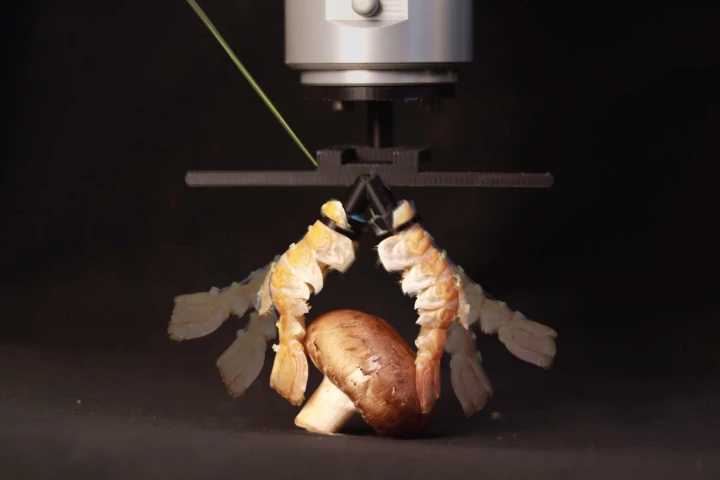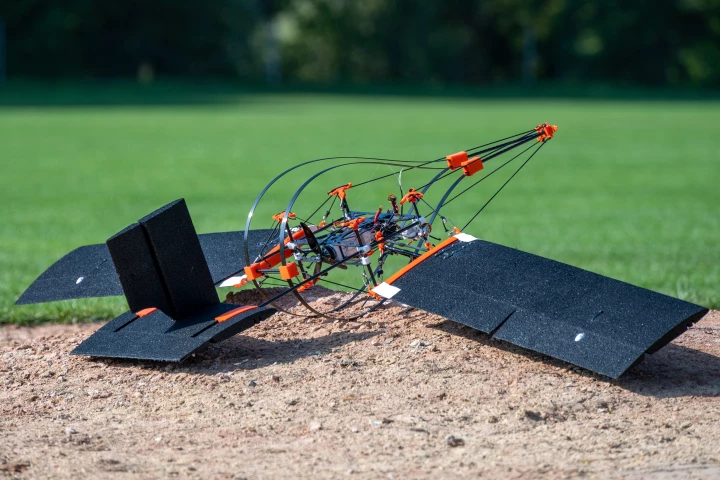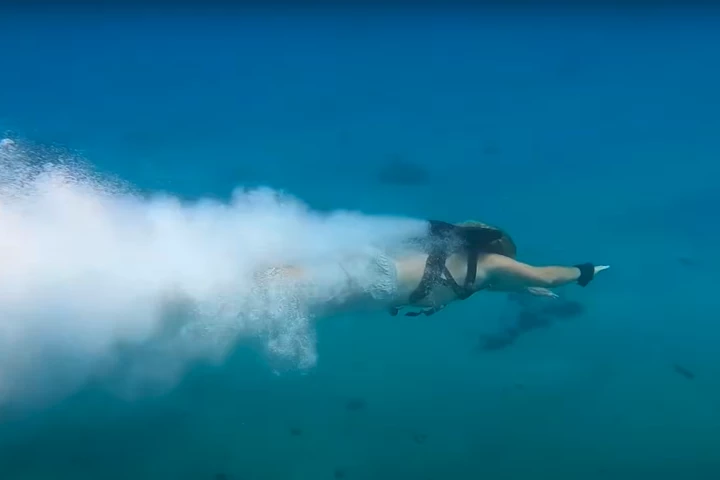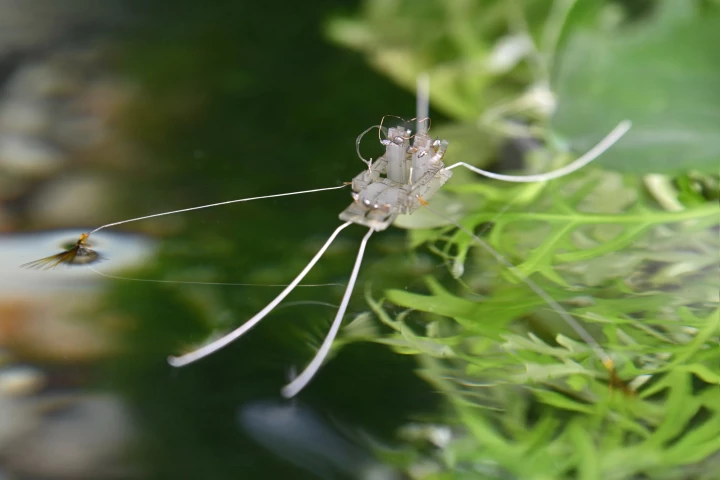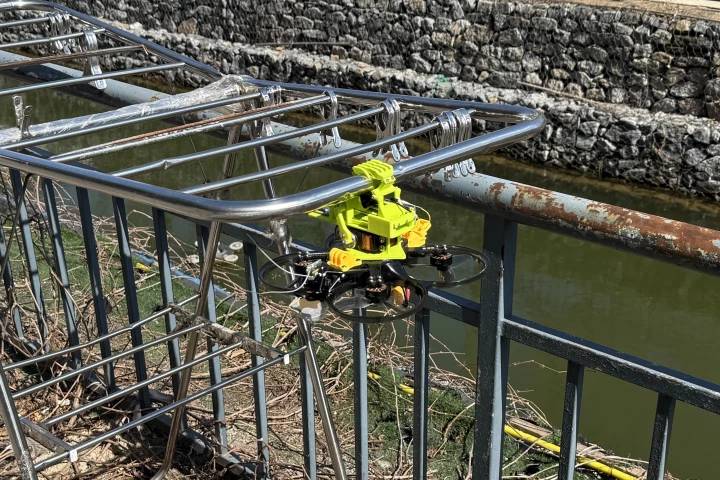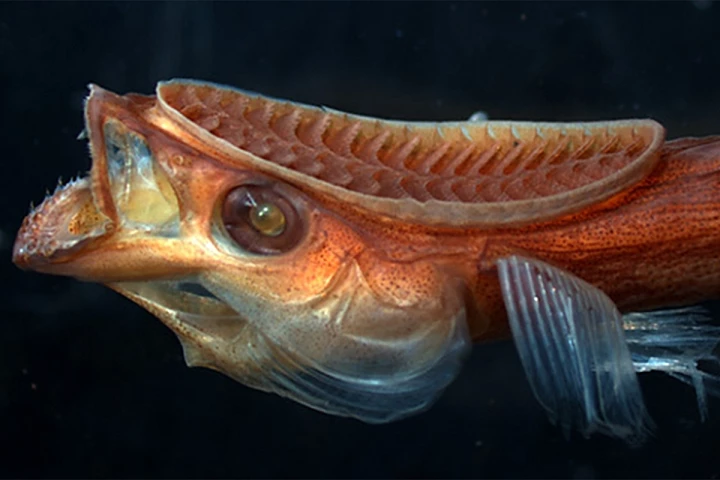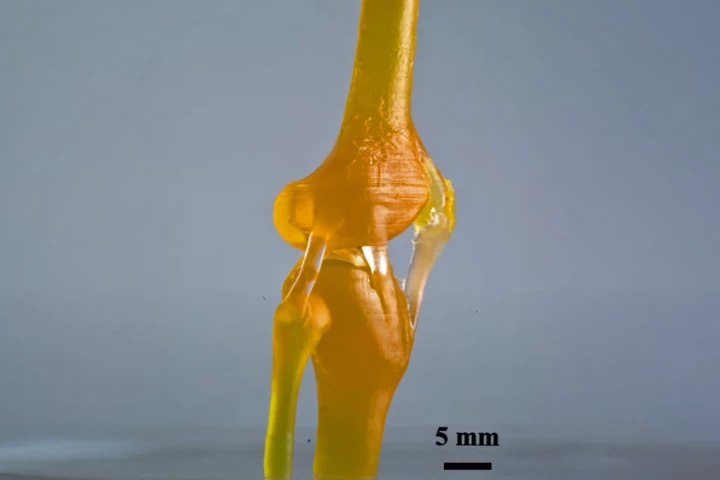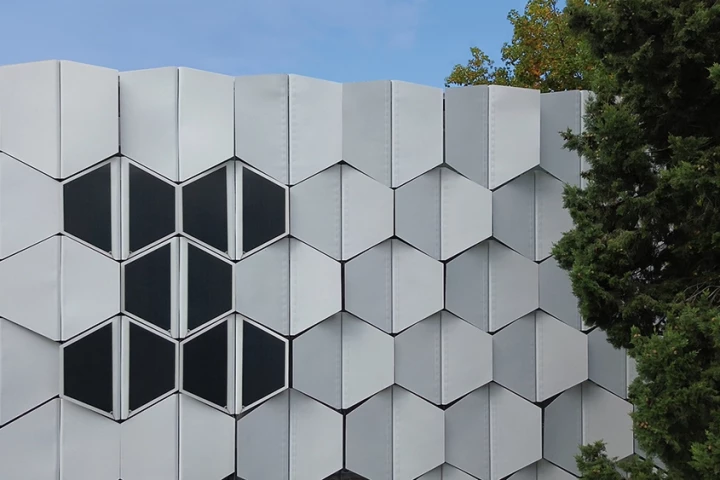Biomimicry
-
An experimental robotic gripper from Switzerland’s École Polytechnique Fédérale de Lausanne (EPFL) utilizes a pair of lobster tails as twin fingers. Because it uses actual animal tissue, this “hand” isn’t bio-mimicked. It’s bio-derived.
-
The water leaving your washing machine may soon be a lot more eco-friendly, thanks to the anchovy. A filter inspired by the tiny fish could remove microplastics from the outgoing water, keeping them from entering local waterways.
-
A human-metabolism-inspired biofuel cell uses glucose and riboflavin to deliver 20 times more energy than similar previous tech. Made from cheap, eco-friendly substances, it offers energy storage for a world craving electrification.
-
Blurring the line between biology and robotics, Chinese scientists are taking biomimicry to new depths with a small, low-energy bionic jellyfish that's so lifelike in form and movement it’s almost indistinguishable from the real thing.
-
Despite the fact that they bang their heads against trees on a daily basis, woodpeckers don't suffer brain injuries. Inspired by the tough-headed birds, scientists have developed a fixed-wing drone that can survive frontal collisions.
-
In contrast to other underwater jet packs, the Kikfin Shark has a full set of fins to bio-mimic fast, nimble sea creatures for superior movement and agility. It's as close to morphing into an actual man-shark as the current state of science allows.
-
Although we've seen many robotic water striders over the years, scientists are still finding new aspects of the insects to replicate. Recently, for instance, researchers created a strider-bot that zips across the water's surface via fans on its feet.
-
For some time now, we've been hearing about "bistable" devices that can remain in either of two states without expending any energy. A new one, inspired by plant seed pods, takes the form of a robotic gripper which is strong yet easily activated.
-
The Remora fish has an oval slatted disc on its head which it uses like a suction cup to stick to sharks. It's inspired a capsule-sized platform that can stick to surfaces when submerged in liquids, including your digestive tract.
-
If an object that's composed of two types of material is going to fail, the break will usually occur at the interface where the two meet. A new type of light-activated 3D printing resin addresses that problem, by gradually morphing from hard to soft states within a single object.
-
Nobody likes buildings that are too hot in the summer or too cold in the winter. That's where the FlectoLine facade comes in, as it uses two bio-inspired mechanisms to regulate how much solar thermal energy gets through a building's windows.
-
Quadruped "robot dogs" may move quite a bit like their canine counterparts on land, but they're not nearly as good at swimming (although some can walk underwater). Such is not the case with a new mini-dog-bot, however, which is an expert at doing the dog-paddle.
Load More
